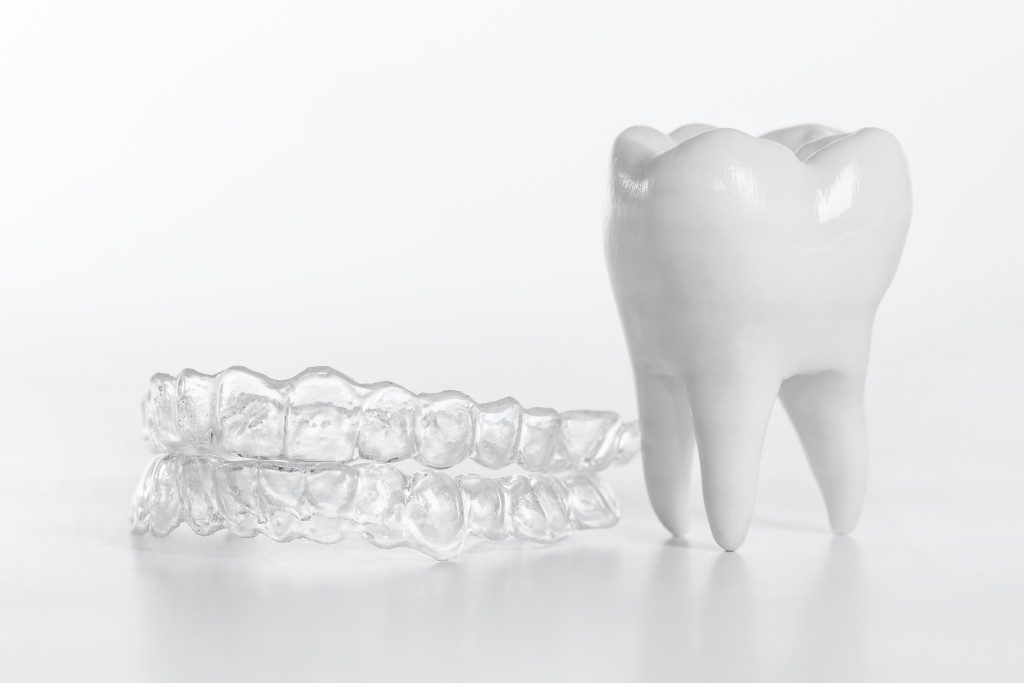There are more whitening alternatives nowadays than ever before. This is because most people are looking for a smile makeover and they know that whitening is their answer. In-office rather than home-based whitening solutions are your best bet to the brightest and whitest smile.
In-office dental whitening is also much safer than OTC solutions, since the dentist will use gum protectors to avert the effects of whitening products on your gums. A smile makeover might suffice for people in whom discolored teeth are the only hindrance to a bright smile.
For others, however, teeth whitening procedures in a South Bend clinic might not be enough. For them, a dentist will recommend other treatments in combination with the teeth-whitening procedure to transform their smile. Here are some of these treatments.
Porcelain Veneers
These are the go-to option for teeth, which cannot be whitened through regular procedures. Porcelain veneers will also conceal small gaps between your teeth, hide enamel erosion, or reshape your teeth. These are thin shells placed on your teeth’s surface.
The dentist will place the veneers after your dental whitening procedure so that their color matches that of your natural teeth.
Bonding
Dental bonding is a treatment alternative for porcelain veneers. The treatment involves the application of a tooth-colored resin to your teeth. This resin is then carefully sculpted to cover all cosmetic flaws and match your teeth’s contours.
The resin is afterward hardened using a special light that also brightens its natural luster. Whitening is performed before the bonding procedure.
Crowns
Your dentist will often use veneers and bonding for minimal aesthetic issues. For teeth that are severely compromised like those with large gaps or misalignment, however, crowns are the best choice. These caps are tooth-colored and fit over your natural teeth.
Though solely made of metal in the past, crowns are now often made of zirconia and porcelain that are more aesthetically pleasing. Dental crowns matches to your teeth’s color and their placement will hence follow whitening.
Clear Aligners
Dental whitening will do little for a smile compromised with crooked teeth. The best choice in this situation is to combine your whitening with clear aligners. These have largely replaced the metal brackets used in the past to address dental misalignment.
In most cases, people who wear metal braces will also need periodic whitening to keep their teeth looking good.
Enamel Microabrasion
This treatment is reserved for those with superficial intrinsic discoloration. During the procedure, a paste containing a weak blend of hydrochloric and silicon carbide acids is applied to your teeth. A rotary applicator will then scrub the teeth with this paste.
Enamel microabrasion is generally done before your whitening procedure.
Tooth discoloration is generally caused by what you eat, poor oral hygiene habits and genetics. It does not, however, need to impede the extent to which you enjoy life or cause you some embarrassing moments.
With professional whitening along with the above procedures, discoloration will not be an issue anymore. Whitening is not just an aesthetic procedure. It also eases your dental hygiene routine and thus boosts your overall health.

